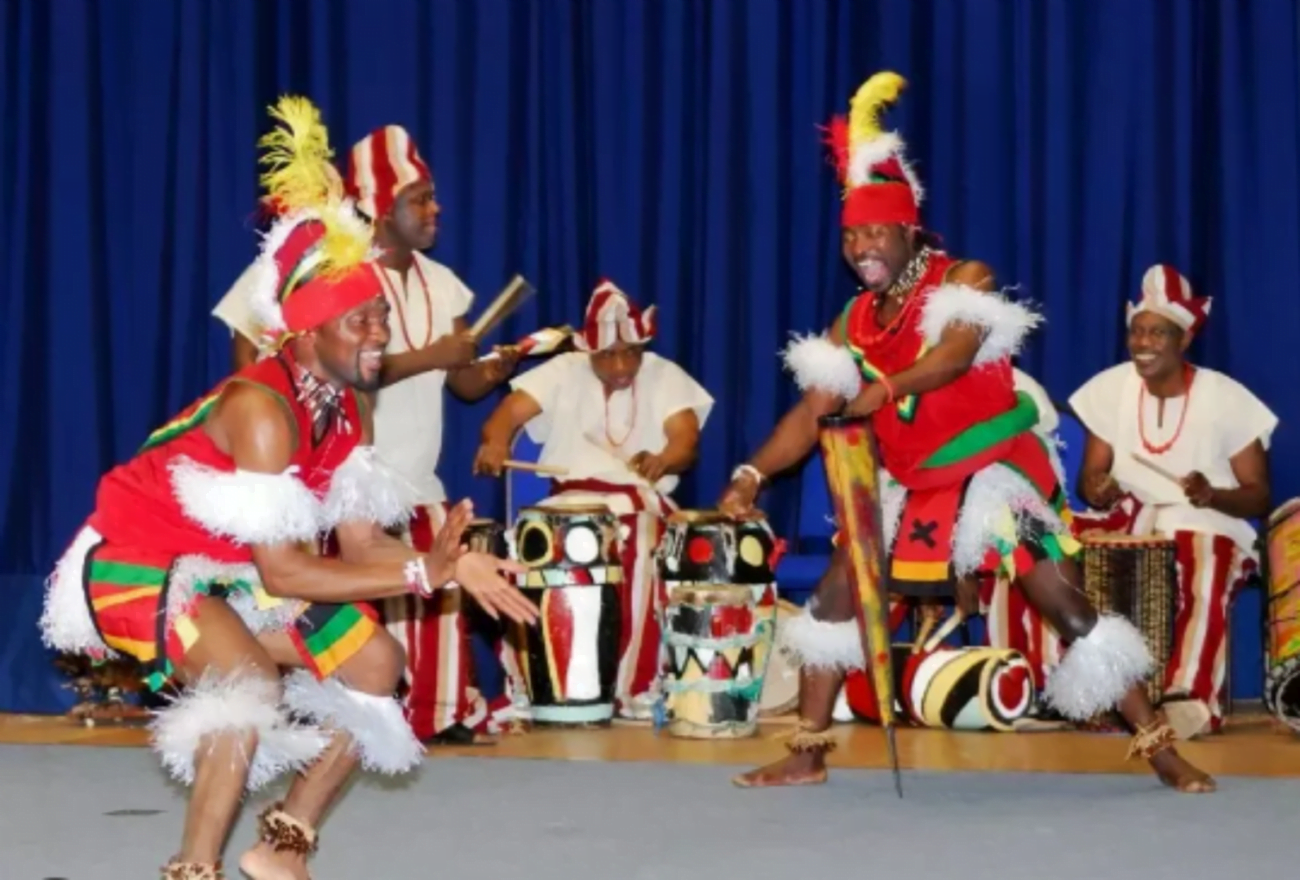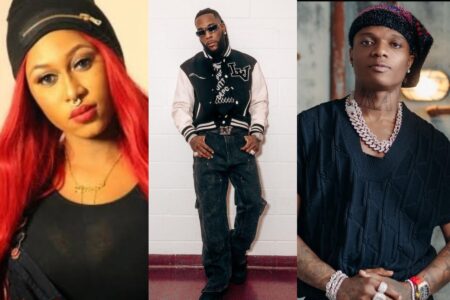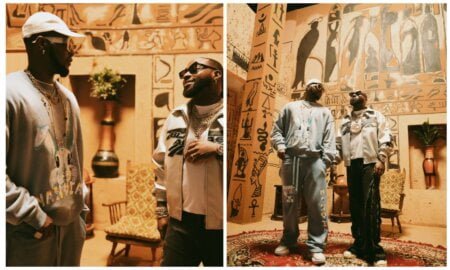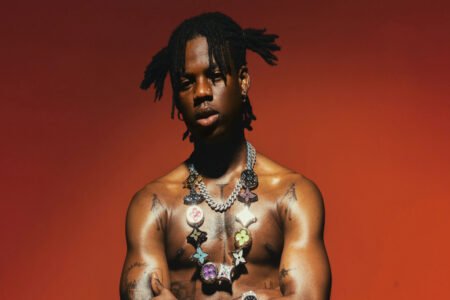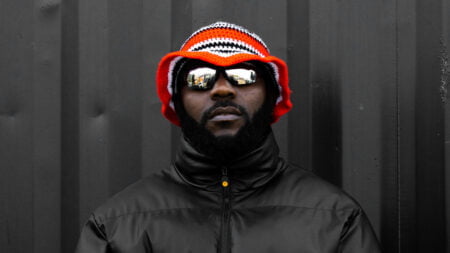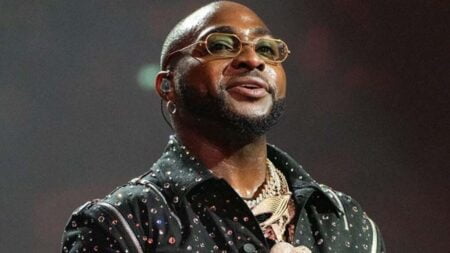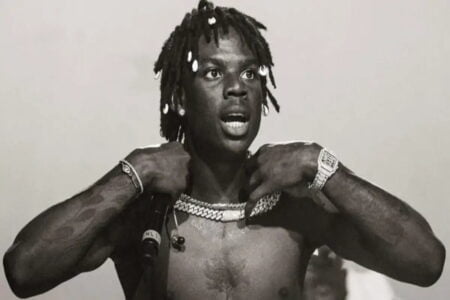The rich and diversified cultural history of Africa, the birthplace of civilization, is closely entwined with music and dance. Traditional dance styles in African music performances are important for commemorating and maintaining the continent’s cultural identity in addition to being a way of expression. These dances bring to life the distinctive rhythms and melodies of Africa’s different musical traditions through rhythmic motions and hypnotic footwork. This article will dig into the fascinating realm of traditional African dance styles and its essential relationship to the energetic musical performances on the continent, Exploring the Vibrant World of Traditional Dance Forms in African Music Performances
African Dance: An Expression of Culture and Identity
In African cultures, dance plays a crucial role in storytelling, rituals, celebrations, and social bonding. Dance styles frequently reflect particular ethnic groups or geographic regions in traditional African societies, serving as a potent tool for the preservation of cultural history. These dances convey histories, feelings, and narratives, passing on ancestors’ wisdom to succeeding generations.
Rhythm and Movement: Key Elements of African Dance
African music and dance are based on rhythm, which lays the groundwork for the elaborate movements that go along with it. Each movement in African dance is intentional, tied to the rhythm of the music, and frequently involves the entire body. These movements, which range from the swaying hips of Nigerian Owerri women in West Africa to the quick footwork of South African gumboot dancing, are a celebration of the possibilities of the human body and a reflection of the energy of the music.
Traditional Dance Forms from Across Africa
Africa’s vast continent is home to a multitude of traditional dance forms, each with its unique style, meaning, and cultural context. Let’s explore a few prominent examples:
Gumboot Dance (South Africa): Originating from the mining communities of South Africa, gumboot dance is a captivating display of rhythm and coordination. Dancers wear rubber boots and use them to create intricate footwork, accompanied by singing and clapping. The dance form emerged as a way for miners to communicate and uplift their spirits during difficult times.
Kpanlogo (Ghana): Kpanlogo is a vibrant dance form that emerged from the Ga people of Ghana. It features fast footwork, rhythmic body movements, and hand clapping, often performed in a social setting. Originally a recreational dance, it has become an emblem of Ghanaian culture and a means of expressing collective joy and unity.
Soukous (Congo): Originating in the Democratic Republic of Congo, Soukous is a high-energy dance style characterized by fluid hip movements and fast-paced footwork. It emerged as a fusion of Congolese traditional dance and elements of Latin American music. Soukous has gained popularity worldwide and is widely enjoyed in African diaspora communities.
Atilogwu (Nigeria): Atilogwu is a spirited youth dance from the Igbo ethnic group of Nigeria that focuses on vigorous body movement and often includes acrobatics. In the Igbo language, the word itself “Atilogwu” translates into “has magic, as in sorcery/witchcraft”.
The Modern Influence and Evolution
Although traditional dance styles have changed over time, they still have a strong historical foundation in African societies. Fusion with other genres including hip-hop, jazz, and reggae has grown more common in performances of modern African music. The birth of new dance forms that continue to enthrall audiences throughout the world was made possible by this confluence of styles, which encouraged creative experimentation.
Preserving the Cultural Heritage
To maintain Africa’s cultural identity in the face of globalization and industrialization, traditional dance styles must be preserved. The documentation, instruction, and promotion of these dances are the persistent efforts of organizations, cultural institutions, and committed people. Future generations are being taught the information and abilities necessary to continue the fascinating talent of African dance, thanks to ongoing efforts in this direction.
Traditional dance forms in African music performances are a testament to the continent’s rich cultural heritage. They provide a captivating glimpse into the diversity of African cultures, serving as a powerful means of expression and celebration. From the rhythmic movements of gumboot dance to the vibrant energy of Soukous, these dances encapsulate the soul and spirit of Africa. By recognizing, appreciating, and preserving these traditional dance forms, we can continue to embrace the beauty and significance of African music and culture.

